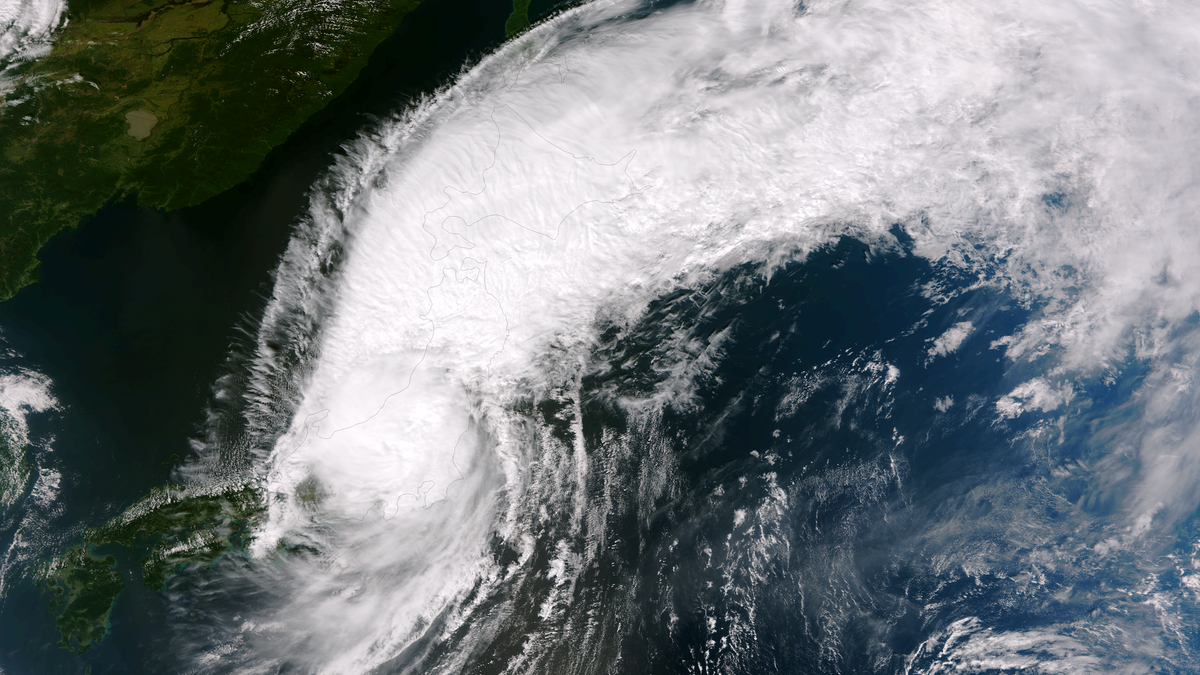Typhoon Man-Yi Captured in NASA Satellite Image

A polar-orbiting satellite has captured the season's 18th typhoon, called Man-Yi, as it ripped through Japan, bringing torrential rains and high winds along with the associated flooding and landslides to the Chubu and Kinki regions.
The image was taken on Monday (Sept. 16), when the typhoon made landfall near Toyohashi, Aichi Prefecture, by the Suomi NPP satellite's VIIRS instrument, which collects visible and infrared imagery.
The storm unleashed some 11 inches (28 centimeters) of rain in Kyoto and Otsu and 19 inches (48 cm) in parts of Mie and Nara over a 48-hour period, according to the National Oceanic and Atmospheric Administration (NOAA). Mid-day yesterday the storm was clocked moving at some 34 mph (55 km/h), BBC News reported.
The minivan-sized NPP (National Polar-orbiting Partnership) spacecraft was launched by NASA in the fall of 2011 to its polar orbit about 512 miles (824 kilometers) above Earth; it circles the planet about 14 times a day. From that perch, the satellite's many instruments collect climate data, including sea and land surface temperatures, global ice cover, atmospheric ozone levels and vegetative productivity. The NPP satellite also helps to monitor natural disasters like this week's typhoon Man-Yi.
The typhoon left at least one person dead, three missing and hundreds injured, in addition to knocking out power to thousands of homes, according to news reports.
Typhoons are tropical cyclones that occur in the Northwest Pacific Ocean; when these spinning storms form in the Atlantic Ocean or parts of the Northeast and South Pacific Ocean they are called hurricanes.
Follow Jeanna Bryner on Twitter and Google+. Follow us @livescience, Facebook & Google+. Original article on LiveScience.
Sign up for the Live Science daily newsletter now
Get the world’s most fascinating discoveries delivered straight to your inbox.
Jeanna Bryner is managing editor of Scientific American. Previously she was editor in chief of Live Science and, prior to that, an editor at Scholastic's Science World magazine. Bryner has an English degree from Salisbury University, a master's degree in biogeochemistry and environmental sciences from the University of Maryland and a graduate science journalism degree from New York University. She has worked as a biologist in Florida, where she monitored wetlands and did field surveys for endangered species, including the gorgeous Florida Scrub Jay. She also received an ocean sciences journalism fellowship from the Woods Hole Oceanographic Institution. She is a firm believer that science is for everyone and that just about everything can be viewed through the lens of science.












